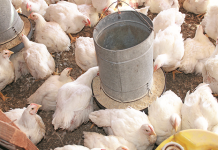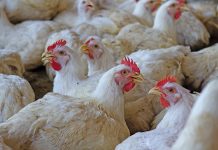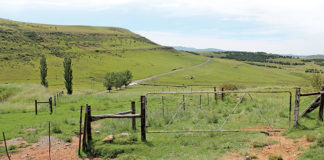A swathe is, of course, the width covered by a boom spray or machine applying fertiliser or herbicide. As mentioned last week, it is possible for farmers nowadays to remotely control this process on their lands. Firstly, all of the lands are mapped using GPS. The computer-guided machinery then uses this information to avoid overlapping swathes.
This reduces the application cost of herbicides, fertilisers and fuel, which, as most farmers know, is difficult to control accurately on contoured lands that are not perfectly square. Variable rate technology (VRT) builds on swathe control. In a very large land, soil quality may vary from one area to another. With VRT, soil samples are taken at specified intervals across the land, and each is assigned a GPS co-ordinate.
Once you’ve established which segments of the land require more or less fertiliser, this information is fed into the onboard computer. When applying fertiliser, the computer will ensure perfectly accurate swathe control as well as govern fertiliser application, increasing and decreasing quantities where necessary. This clearly saves significantly on inputs – and at the same time boosts production levels.
One US farming family – Jeff and Jean Martin, and Doug and Erin Martin – operates a 2 266ha farm in central Illinois, planting maize, soya beans and prairie grass. The Martins use swathe control and VRT on their tractors and planters, and have made a number of interesting and informative calculations, highlighting the cost-effectiveness of these technologies.
An investment that repays
They have worked out that with a 10m-wide implement, an overlap of just 0,30m adds up to approximately 61ha of extra work!
Last season, swathe control and VRT saved them 16 bags of seed maize at US$300/bag, or US$4 800 in total (R51 000 at current exchange rates). In addition, the maize yield was up 20%.
According to their sums, the cost of swathe control and VRT can be paid back in cost savings within just two years of set-up.
Sources: ‘12 Most Advanced Agricultural Technologies’, by Brian Scott and www.notillfarmer.com.













